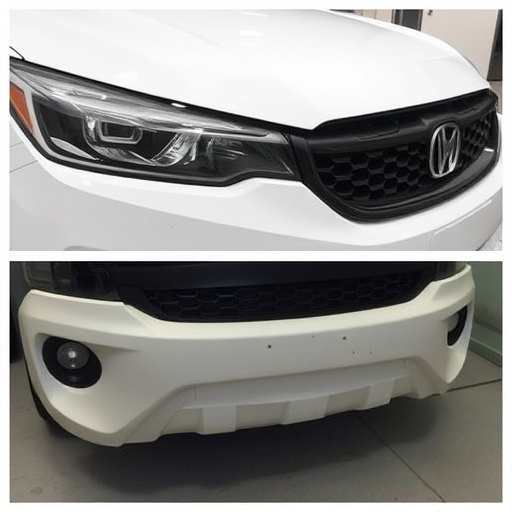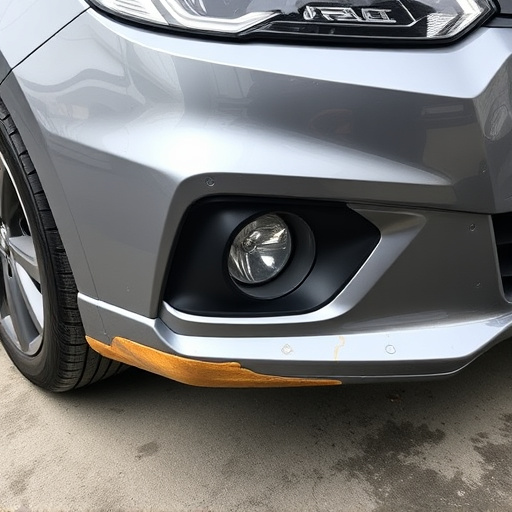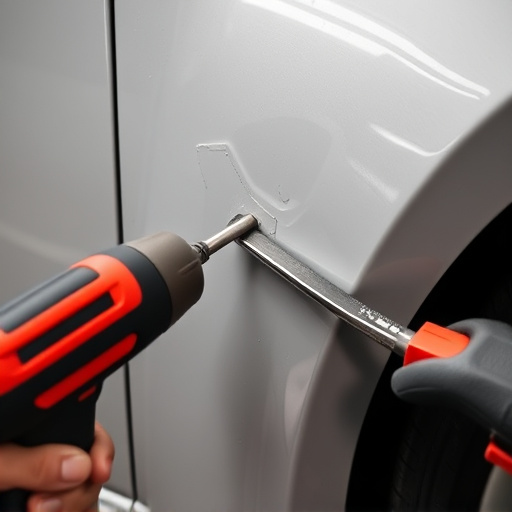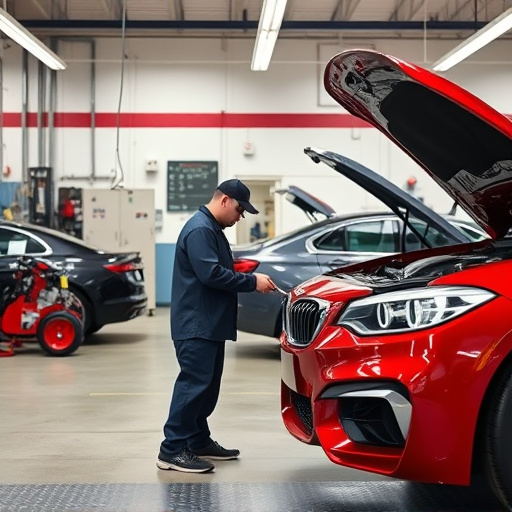The EPA's strict emission and waste management regulations have transformed the auto repair industry, emphasizing an era of EPA compliance in body shops. These standards mandate eco-friendly practices like minimizing VOC releases during painting and innovative solutions for dent repair. An EPA compliant body shop not only meets legal requirements but actively contributes to sustainability, managing hazardous materials responsibly and minimizing environmental impact. Staying updated on EPA guidelines is crucial to avoid penalties and ensure positive environmental contributions while delivering quality services.
In today’s digital era, EPA compliant body shops face unique challenges navigating evolving compliance regulations. The Environmental Protection Agency (EPA) plays a crucial role in ensuring automotive repair facilities manage hazardous waste disposal effectively, adhere to stringent environmental standards, and obtain necessary permits. This article delves into the common hurdles these shops encounter—from proper waste management to staying abreast of technological advancements—and offers strategic solutions like efficient waste systems, staff training, and eco-friendly investments to help them thrive as EPA compliant body shops.
- Compliance Regulations and Their Impact
- – Understanding the EPA's role in automotive repair
- – Key regulations affecting body shops today
Compliance Regulations and Their Impact

The EPA’s strict regulations on emissions control and waste management have significantly shaped the operational landscape for compliant body shops. These standards, designed to protect both the environment and public health, come with stringent adherence requirements. For instance, auto painting processes must adhere to guidelines ensuring minimal volatile organic compound (VOC) releases, leading to an increased focus on advanced, eco-friendly techniques and products. Body shops are no longer just providing car repair services; they are expected to be environmental stewards, employing innovative solutions for tasks like car dent repair while maintaining compliance.
The impact of these regulations extends beyond the shop floor, influencing everything from equipment choices to customer engagement strategies. For example, the shift towards more precise and less toxic auto painting methods can enhance the overall quality of repairs, appealing to environmentally conscious consumers. Thus, an EPA compliant body shop is not just a facility meeting legal mandates but one that actively contributes to a greener automotive industry, redefining traditional car repair services through sustainability.
– Understanding the EPA's role in automotive repair

The Environmental Protection Agency (EPA) plays a vital role in ensuring that automotive repair facilities, particularly EPA compliant body shops, adhere to strict environmental standards. These regulations are designed to minimize the ecological impact of auto collision repairs and maintenance services. The EPA’s oversight is crucial as body shop services often involve the handling of hazardous materials like solvents, paints, and waste, which can contaminate soil and water if not disposed of properly.
By setting guidelines for auto collision repair processes, the EPA aims to foster a sustainable approach within the industry. This includes proper waste management, efficient use of resources, and adherence to air quality standards during operations like painting and sanding. For collision repair shops looking to stay EPA compliant, staying updated on these regulations is essential to avoid penalties and ensure their operations contribute positively to the environment while providing quality services.
– Key regulations affecting body shops today
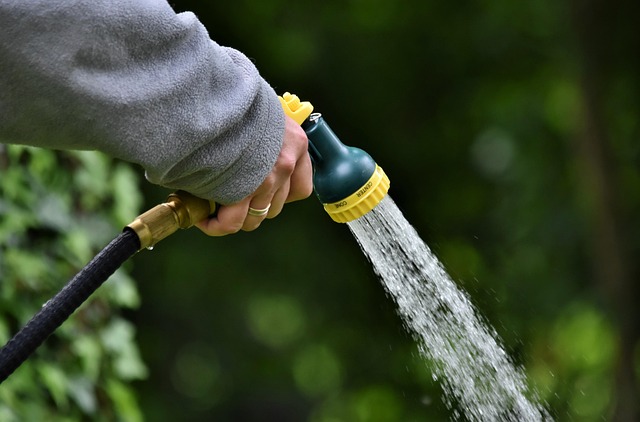
The Environmental Protection Agency (EPA) sets stringent regulations for auto repair shops to ensure environmental safety and sustainability in their practices. These guidelines are pivotal for EPA compliant body shops aiming to perform tasks such as dent removal or car dent repair, as they must manage hazardous materials responsibly and minimize their ecological impact.
One of the key challenges these shops face is staying updated with evolving EPA standards related to waste management, especially concerning the disposal of chemicals used in painting and refining processes. Additionally, they are required to implement efficient systems for recycling materials like metals and plastics from damaged vehicles, presenting a constant need for adaptation and investment in eco-friendly technologies.
In conclusion, navigating the complex landscape of EPA compliance is a continuous challenge for modern body shops. By understanding and adhering to key regulations, these shops not only ensure environmental protection but also maintain their operational integrity. Staying informed about evolving standards and adopting best practices are vital steps in thriving as an EPA compliant body shop in today’s competitive market.

